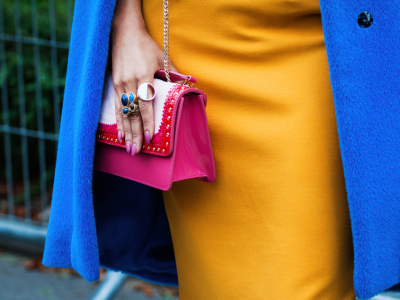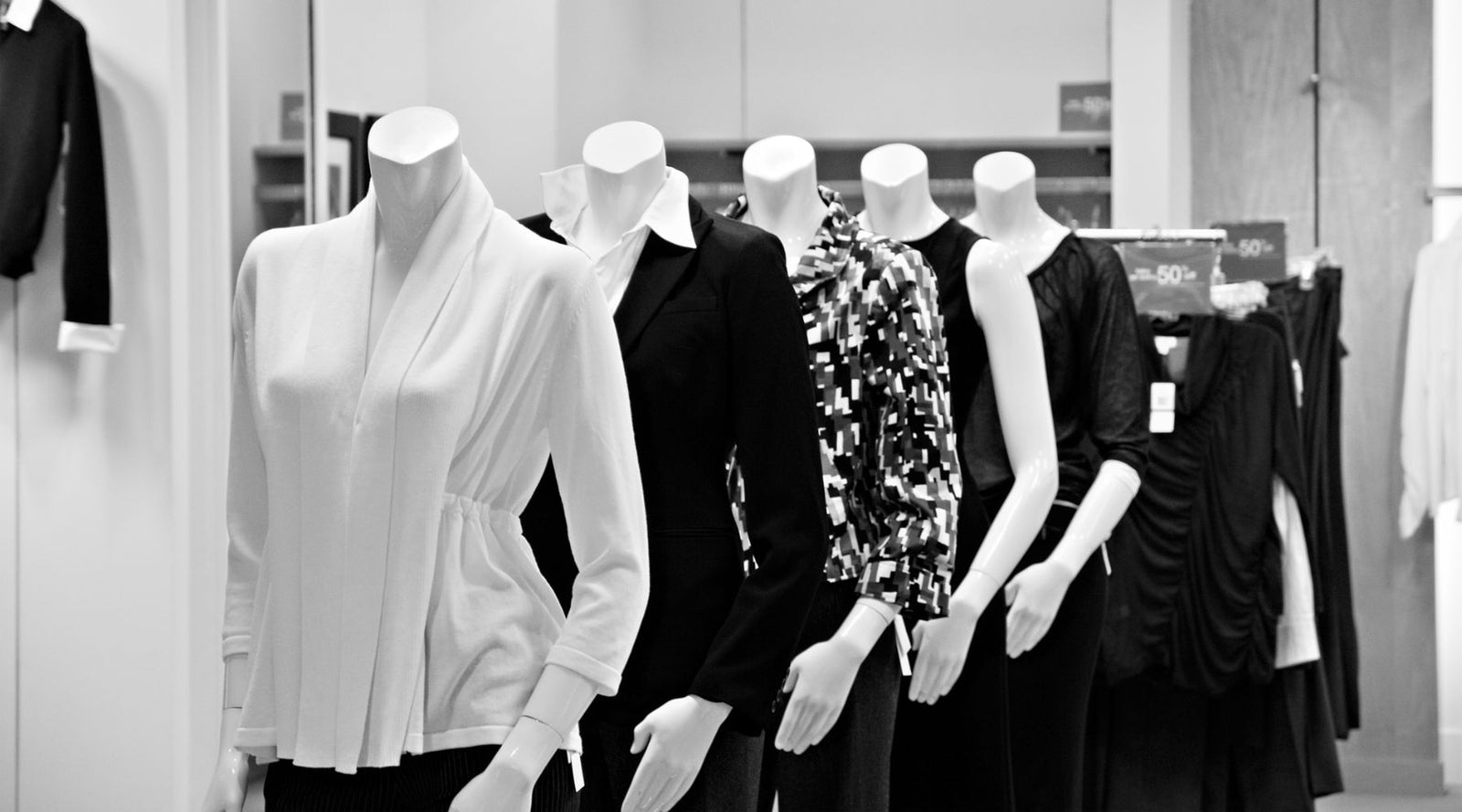One of the first things many of us do when buying clothes is touch the fabric to see what it feels like – but how often do you go to that little internal tag to see what it’s made of? Or think about the impact that particular fabric has on sustainability? In this blog, we explore common fabrics, their impact and alternatives.
POLYESTER
Polyester accounts for over half of all global fibre output but what actually is it? Plastic. It is made by refining crude oil or natural gas into fibres. This means it is incredibly resource intensive; supports the fossil fuel industry; is not readily biodegradable; and sheds non-biodegradable microfibres.
Very doom and gloom for a material that is super versatile, right? There is some good news – when you get a polyester item of clothing, take care of it so that it lasts for a long time. When you no longer want it, donate (or sell!) it or recycle it responsibly. When you’re after a new polyester garment, try buying second-hand or look for certified non-toxic polyester or products made from recycled polyester.
COTTON
Many of us love cotton – versatile, breathable and comfy to wear. However, cotton can be difficult to grow, relying on the right weather and pest conditions to thrive. Pesticides are regularly used to control diseases; it is very water intensive; and is notoriously grown and picked by child and/or slave labour.
The good news is that cotton products last a long time – so make sure you keep using yours for as long as possible! When looking for new products, look for sustainable and/or organic cotton to avoid the harmful chemicals. How to do that? Look for fair-trade-certified cotton, Global Organic Textile Standard (GOTS) cotton, or the Better Cotton Initiative (BCI) cotton.
VISCOSE/RAYON
Products called viscose, rayon, bamboo, modal and Tencel are all similar in the sense that they are created by chemically dissolving wood from eucalyptus, beech, or bamboo and turned into a fibre. Its production is, however, linked to deforestation; requires extensive chemical use and requires a lot of energy to produce. Usually labelled as ‘eco-friendly’, be wary of the sustainability of products made with these materials.
To buy this material more consciously, look for lyocell or Tencel, which is the most sustainable form of viscose/rayon as it is sourced from fast growing eucalyptus trees. As with the other materials, also look for organic and Oeko-Tex safe verifications.
LINEN/HEMP
Linen and hemp fabrics require less energy and pesticides to grow; are comfy to wear; and super breathable. They are arguably the most sustainable fabrics available – look for organic and/or recycled linen, GOTS certified, and of course, look after your fabrics!
FABRIC 101
Look for recycled, safe, nontoxic, organic and fair-trade materials when buying clothes. Make sure you make them last and recycle, sell or donate at the end to minimise their impact! If you want to learn more, check out The Conscious Closet by Elizabeth L. Cline. Now to check those clothing tags…











